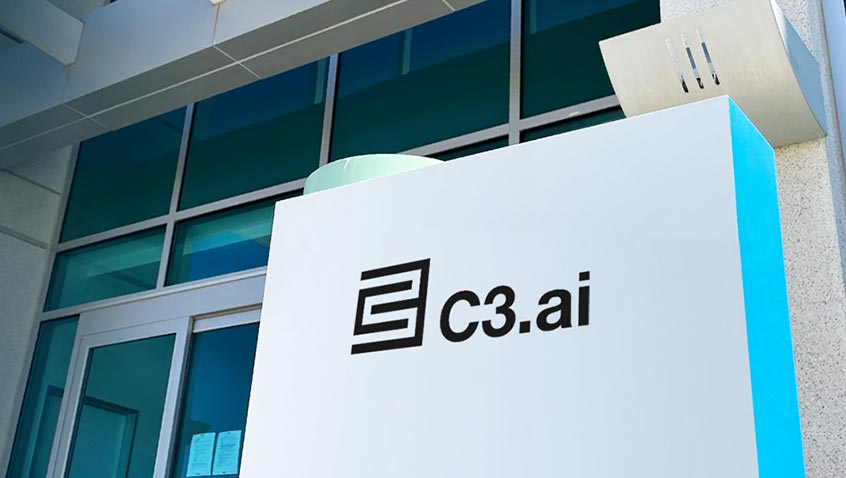- C3.ai faces a price target of $16 from UBS, slightly below its current trading price, indicating potential overvaluation.
- The company reported a significant revenue shortfall in its fiscal first-quarter results, with a larger-than-expected loss per share.
- Recent withdrawal of full-year fiscal 2026 guidance by C3.ai could signal uncertainties in future performance, affecting investor confidence.
C3.ai, listed on the NYSE under the symbol AI, is a company that specializes in providing artificial intelligence software solutions. It caters to various industries, including energy, financial services, and healthcare. The company faces competition from other tech giants in the AI space, such as IBM and Microsoft.
On September 4, 2025, Radi Sultan from UBS set a price target of $16 for AI. At that time, AI’s stock was priced at $16.68, indicating a price difference of approximately -4.08% from the target. This suggests that the market may have been overvaluing the stock compared to the analyst’s expectations.
Recently, C3.ai’s stock experienced a decline following the release of its fiscal first-quarter results. The company reported a larger-than-expected loss of $0.37 per share and generated revenue of $70.3 million, which was significantly below the anticipated $104.2 million. This shortfall in revenue highlights potential challenges the company may face in meeting market expectations.
The stock is currently priced at $15.46, reflecting a decrease of 7.31% or $1.22 today. During the trading day, the stock fluctuated between a low of $14.80 and a high of $16.24. Over the past year, AI’s stock has seen a high of $45.08 and a low of $14.70, indicating significant volatility in its share price.
C3.ai’s market capitalization is approximately $2.02 billion, with a trading volume of 29.07 million shares. The company has also withdrawn its full-year fiscal 2026 guidance, which may signal potential uncertainties in its future performance. This move could impact investor confidence and contribute to the stock’s recent decline.




